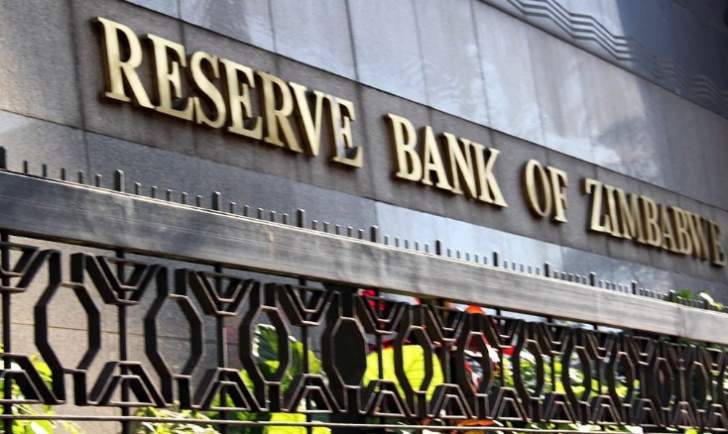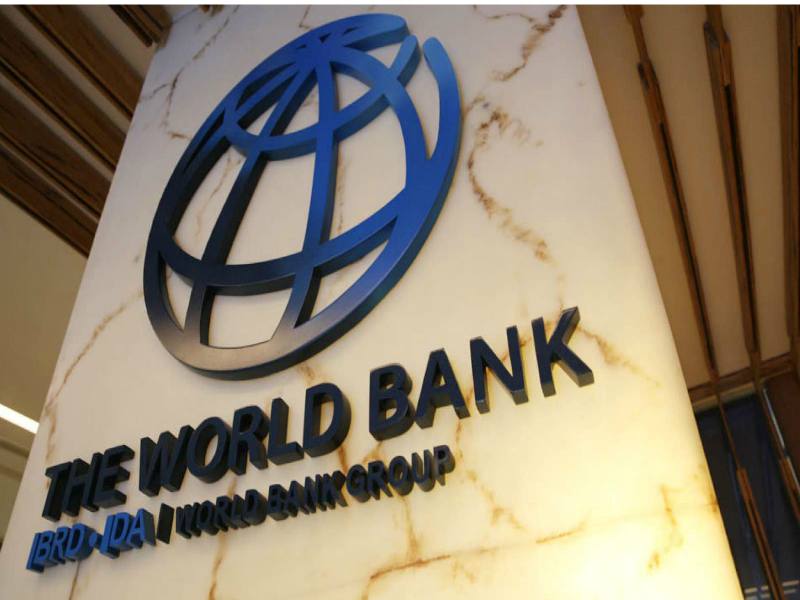RBZ to focus on price stability, economic growth
THE Reserve Bank of Zimbabwe (RBZ) is expected to outline fresh measures to anchor durable price stability, stimulate the economy and engender market confidence when Governor Dr John Mushayavanhu delivers the bank’s 2025 Monetary Policy Statement (MPS) later this month.
Zimbabwe has been grappling with several economic challenges, chief among them inflation, high cost of funding, tight liquidity, foreign currency shortages or limited access and constrained productivity in key sectors such as manufacturing and agriculture.
The MPS is expected to give businesses, market watchers and the public clues on the central bank’s strategy to address underlying challenges in the economy.
Dr Mushayavanhu told The Herald Finance and Business that the bank’s strategy would seek to balance stimulating economic growth and ensuring macroeconomic stability.
“In an environment where high inflation pressures coexist with recovering economic output, our monetary policy must be both well-calibrated and flexible.
“We are tasked with the dual challenge of reducing inflation without undermining the strides made in boosting economic growth,” he said.
Zimbabwe’s economy faces headwinds similar to challenges experienced globally post-the Covid-19 economic era, which forced the central bank to take calculated measures to balance growth and price stability. The domestic economy’s conundrum reflects the broader global economic and geopolitical dynamics.
Central banks globally have been struggling with ensuring mutual trade-off between tight monetary policy to contain inflation and the risk of stifling growth.
“Efforts to bring down high inflation inherently risk dampening economic activity. It is a balancing act that requires precision and responsiveness to shifting economic conditions,” Dr Mushayavanhu noted.
In response to some of the challenges, the RBZ recently introduced the Targeted Finance Facility (TFF), designed to stimulate production while keeping inflation and exchange rate stability in check.
The TFF is expected to underpin the ambitious target of achieving 6 percent economic growth in 2025.
“Our approach is not a one-size-fits-all solution,” the central bank chief explained.
“Instead, we are leveraging tailor-made, targeted measures that support sectors with the greatest growth potential, thereby mitigating the adverse effects of necessary monetary tightening.”
The MPS will thus offer direction on interventions to navigate the delicate interplay between monetary restraints and economic expansion.
“We must be prepared to recalibrate our policy stance as the balance of risks evolves. Our objective is to secure a sustainable path for growth while anchoring inflation expectations,” Dr Mushayavanhu said.
Recent inflation data underscores the urgency of the task at hand.
According to the Zimbabwe National Statistics Agency (ZimStat), the ZiG Consumer Price Index (ZiG CPI) surged to 183.76 in January 2025 from 166.30 in December 2024, marking a significant month-on-month increase from 3,7 percent to 10,5 percent.
The US dollar CPI climbed from 108.91 to 121.43, with the monthly inflation rate escalating from 0,6 percent to 11,5 percent.
The weighted CPI, which aggregates the ZiG and US dollar indices, rose from 112.39 to 125.40, reflecting an 11,6 percent increase.
“These figures illustrate the dynamic interplay of local and foreign currency transactions, which is driving economic progress across sectors,” ZimStat said.
These developments signal both opportunity and uncertainty. The RBZ’s planned measures, including the TFF and MPS, suggest that the central bank is acutely aware of the challenges confronting the economy.
“Our policies are designed to support a resilient economic recovery, balancing the imperative of growth with the necessity of stability in these challenging times,” Dr Mushayavanhu said.
-herald










